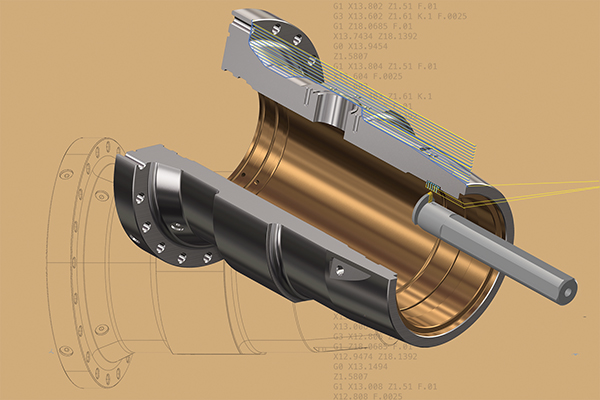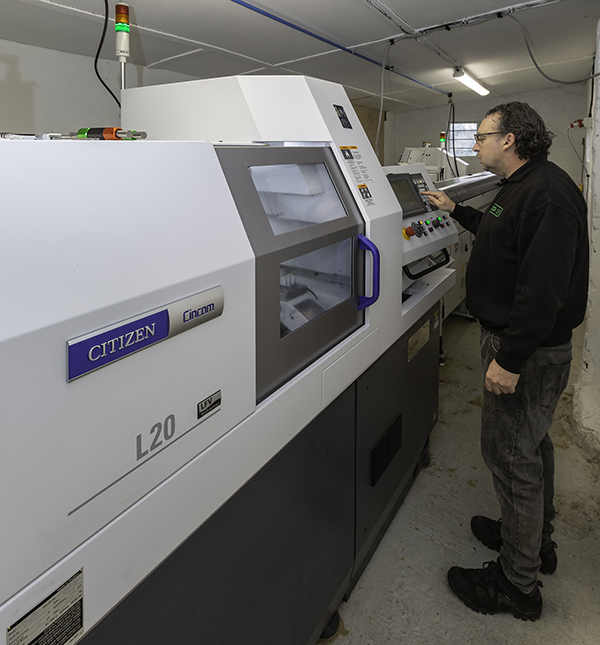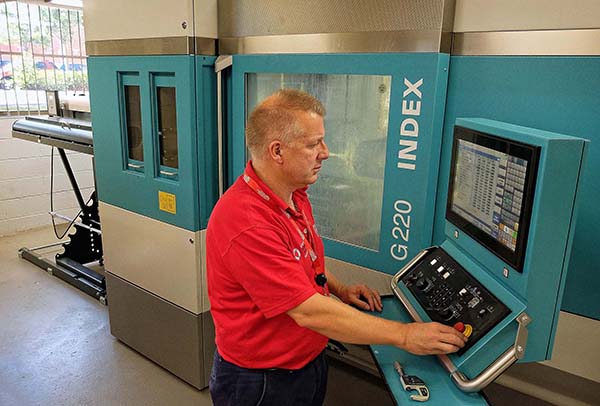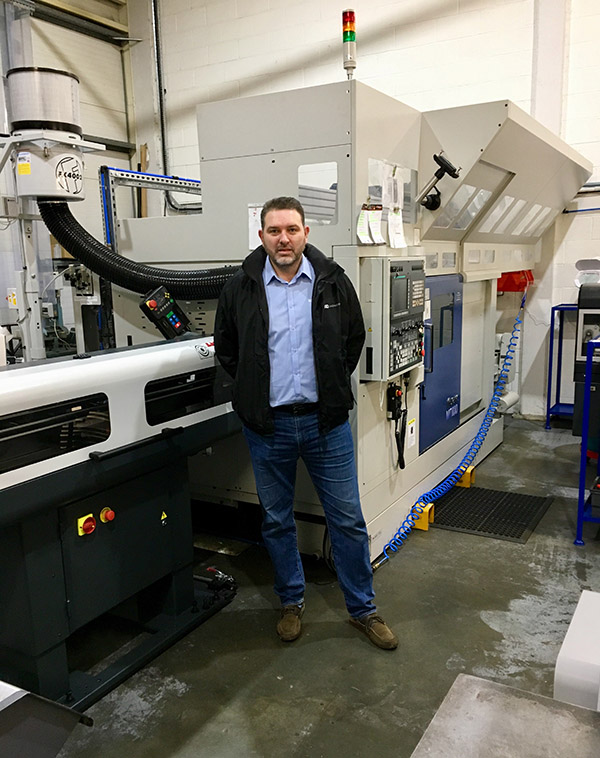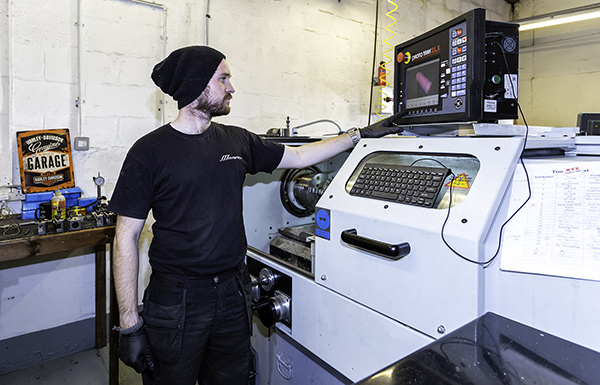From accepting and programming any CAD file, to dynamic roughing and precision finishing, Mastercam 2019 Lathe from CNC Software provides a variety of techniques to turn parts as required. Available in the UK from 4D Engineering, Mastercam 2019 Lathe features a newly developed tool designer, turn-mill environments and multiple plunge functionality.

Tools can be built from 3D STEP models using the software’s tool designer, which is a function panel with tab-style navigation that provides a structured workflow similar to using a wizard. Users can define tools, assign them to operations, and view them when running ‘Classic Backplot’ and Mastercam Simulator.
Mastercam 2019 allows lathe users to run select turn-mill machine environments. Here, operators can experience automated job set-up and part transfer, full machine simulation, and simplified programming of C/Y-axis toolpaths.
A further newly developed feature is the lathe groove toolpath, which includes a multiple plunge option that permits users to rough-out a groove with rib cuts. Consistent tool pressure can result in better chip control and more even tool wear. Multiple plunge gives the option to machine ribs with a more aggressive feed rate than in initial plunges.
Additional functions of Mastercam 2019 Lathe include improved support for cross-centerline turning, and full integration of the PrimeTurning toolpath strategy from Sandvik Coromant.
For further information www.mastercam.co.uk






